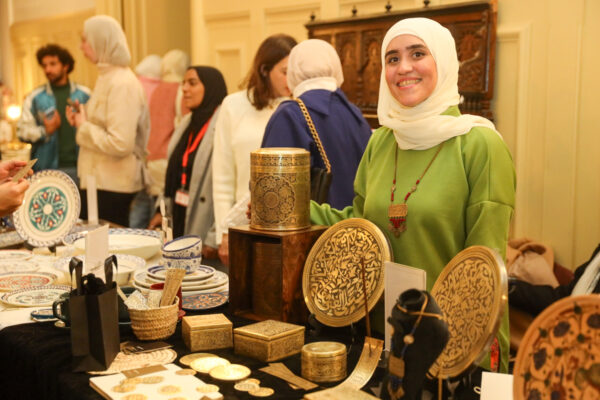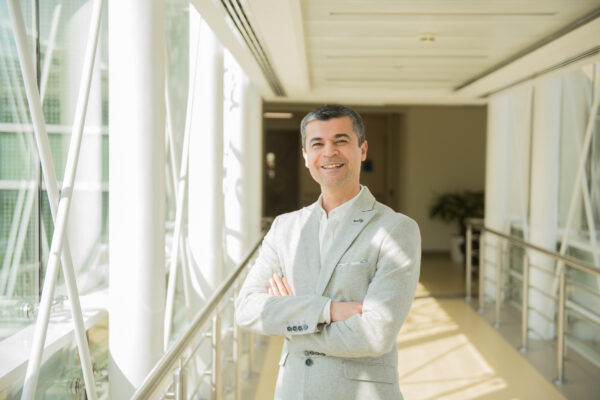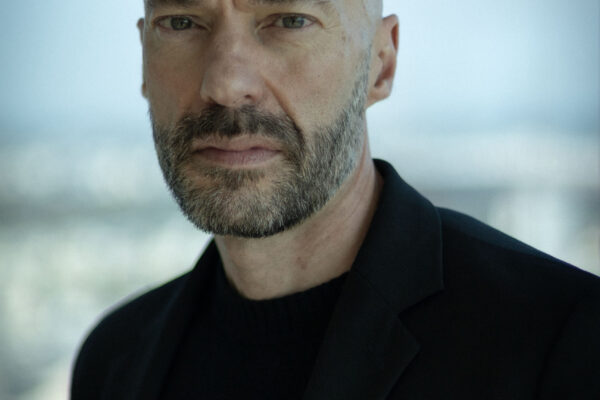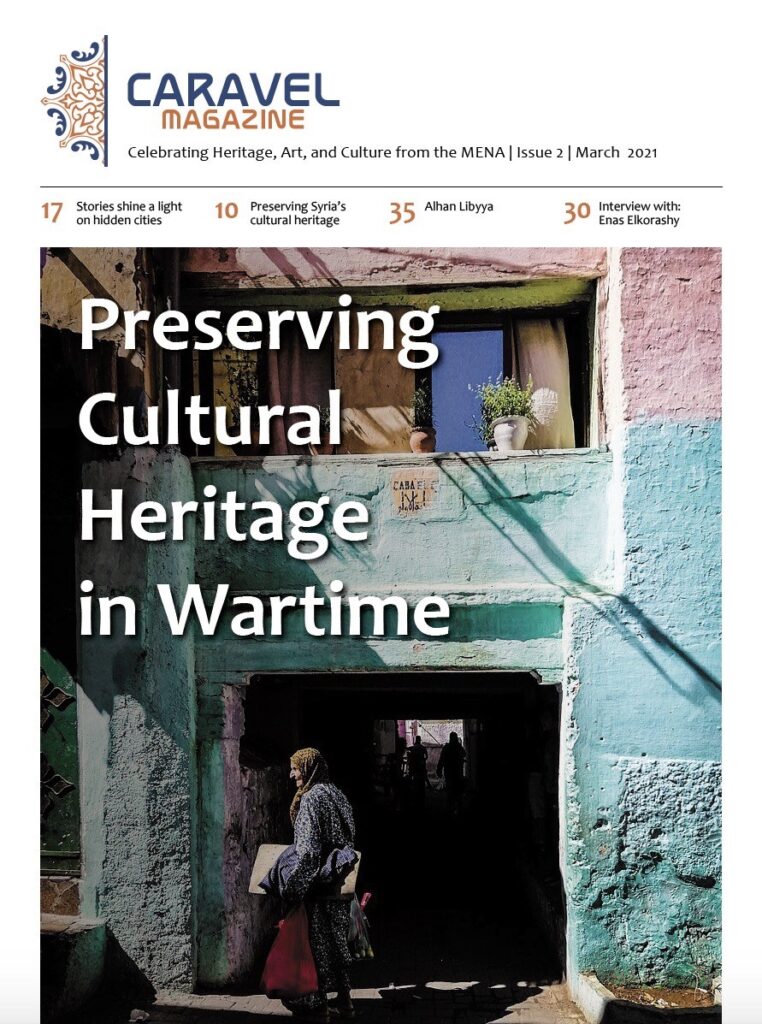By Dr Farah Al Hashimi
The 21st of March is Newroz day (means a new day). It is an ancient and very important festivity, celebrated in spring time, marking the beginning of the Kurdish and Iranian New Year.
Newroz is widely and enthusiastically celebrated by the Kurds and specifically in Iraqi Kurdistan. This day has been listed by UNESCO under the heading of intangible cultural heritage.
My story with Newroz goes back to my childhood in Iraq. I was born in Baghdad to a Baghdadi father and a Kurdish mother. Every year on this day, 21st of March my family would visit my paternal grandmother house to celebrate Mother’s Day, which coincides with Newroz day. On this day we would have fun and I would see my aunties, uncles and cousins. I would enjoy the gatherings that we had, and just before we took off, we would always take family photographs with our grandmother. On this day, TV and radio would keep on broadcasting Arabic Mother’s Day songs and some of the popular Kurdish songs. In the afternoon, we would go to our maternal grandparents to celebrate Newroz together. In the Kurdish culture, celebration varies from elsewhere; it would be more about Newroz rather than Mother’s Day. You would be seeing colourful Kurdish costumes, music and songs. At times, my mother would be wearing her Kurdish costume and we sometimes too, would be wearing them. This was my childhood’s scenario back then on the 21st of March.
Following the war of the year 2003, the situation in Baghdad was unbearable, especially, after the murder of my father; we had left our city. For some time, I had lived in Bahrain then I moved to a city in Kurdistan, Iraq called Duhok where my mother’s relatives reside, and where I started to work. I remember that one Newroz eve, I left my apartment to visit my relatives, as I was approaching their house, I looked up to the sky and I came across bright orange lights flying in the sky; they were beautiful sky lanterns which I had never seen anything like that before, that sight, gave me all the happiness, joy and most likely, hope. On the following day, my relatives and I went celebrating Newroz on the beautiful country side where the green grass covering mountains surrounded by crystals clear streaming water running through rocks; the scene was and still is heavenly beautiful.
When I moved to the UK, I came across Newroz celebration while I was doing my PhD research on Erbil, the capital of Kurdistan region, and historic city with great significance. This provoked me with beautiful memories from childhood and wonderful years I had spent back then in Duhok. My interests had increased more and more so I began to research to know more about its originality. The only connection I had with Newroz in London was my late uncle (d.84) who has sadly passed away back in February 2020, just before the beginning of national lockdown. On this day, we used to exchange phone calls and I would visit him spending the day with him. Each time I had arrived at his home, I would see him holding his phone book and making phone calls to our relatives back in Kurdistan and elsewhere by greeting them on this day and asking about them. This year, I decided to visit his grave with roses in my hand as he adored flowers, especially red roses. As we still are on national lockdown, I have decided to write this article on this special occasion for people who have not yet been introduced to this day.
In general, this festival has been continued to be celebrated. It has been handed down from generation to generation. Historically, Newroz was associated with the Mithraism and Zoroastrian religions. Zoroastrian religion is a monotheistic that had a prophet named Zoroaster; they believed in one God and they considered the four elements -fire, water, air and soil – are the sacred elements. Originally, they did not worship fire: this happened later. For them it is the day where Rapithwa, the spirit of noon and personification of summer, associated with Asha Vahishta, who represents truth and justice in the material world and is associated with fire, returns to earth and celebrates spring, following the retreat underground by the spirit of winter. In winter, Rapithwa goes underground to protect the roots of the plants.
This celebration coincides with other ancient celebrations and myths in Mesopotamia such as the myths of Ishtar and Tammuz (which goes back before Zoroastrianism) where Tammuz would go underground during the winter and then would resurrect on March, the spring equinox which was equal to the 1st of Nissan or Nishan in Babylonian calendar.
During the time of the Iraqi Kingdom (1921-1958) Tree day was attached to Newroz day; on the March 21st trees were planted and this day later was celebrated as Mother’s Day.

For the Kurds, the Newroz celebration as practised down the generations has come with its own legend of origin:
‘Once there was a king named Birosab who had two snakes or fleshy growths – the details vary – growing on his shoulders. On being told that the only cure involved the annual slaughter of a boy and girl he had one of each brought to him from the town at the base of his mountain-top palace. They were killed, their brains were mixed together and then applied to the growths/fed to the snakes. This continued year after year until few young people could be found in the town. Eventually Kawa (or Afratheon) the town blacksmith who had lost two sons in this way, organised an uprising. Birosab was killed and Kawa waved his leather blacksmith’s apron from the mountain top and lit fires to tell the waiting townspeople they were finally rid of the tyrant. With great joy they lit fires in celebration of the event.’
In the evening Newroz fires were lit for people to jump over and later whole communities walked in procession from the nearby high ground; a hill or mountain carrying burning torches. The following morning the population would spend the entire day in the countryside, dancing and celebrating.

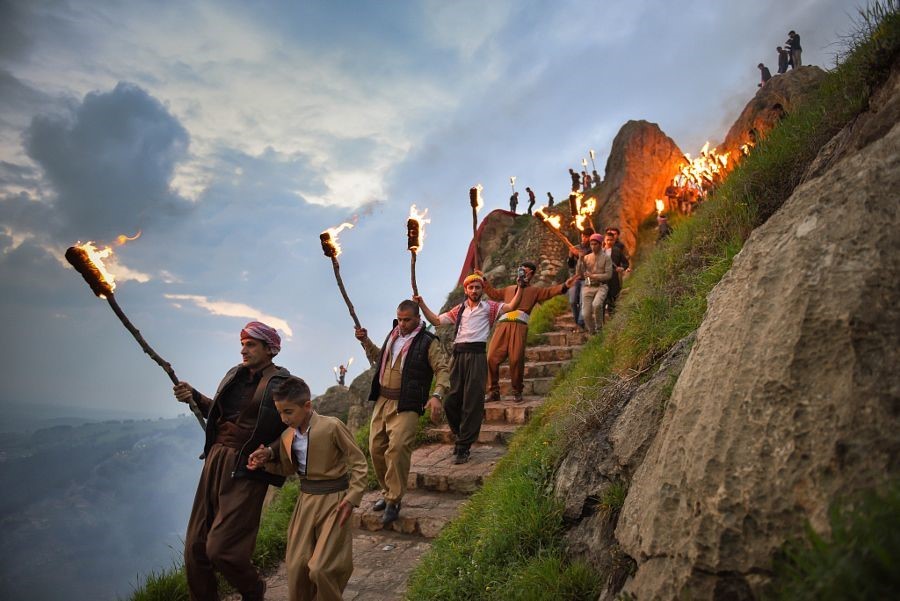
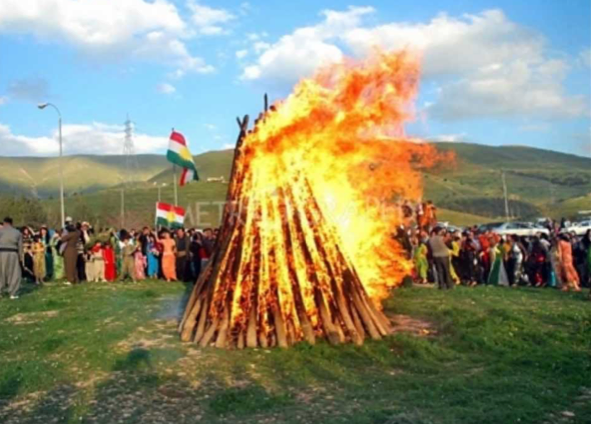
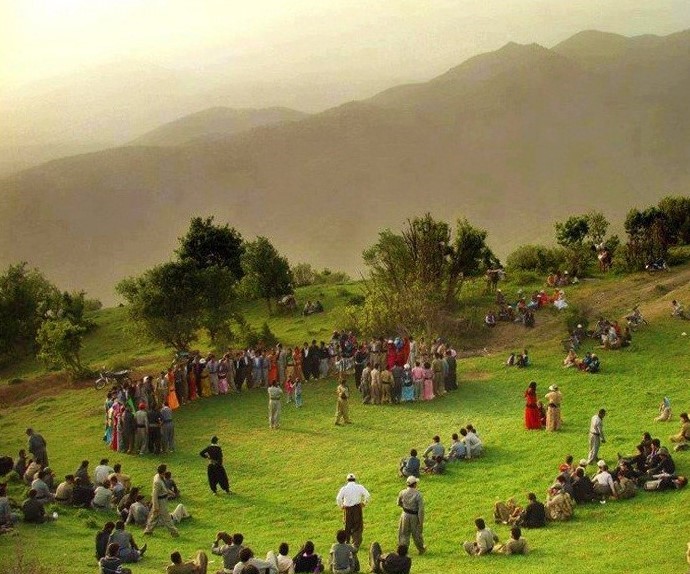
Newroz celebrations: the following day as Kurds leave the city to celebrate and dance in the countryside,Zagros-Mesopotamia-Kurds-Anatolia-Kurdistan, 2012
It can be said that the annual ritual and historic festival is a significant day for Kurdish people as it reflects their identity. Its main features are the fire, torchlight processions from nearby high ground (hills or a mountain); dancing and celebrations in the countryside on the following day, where the spring warmth has made the land green with flowers and the rivers and streams are in full flow.

